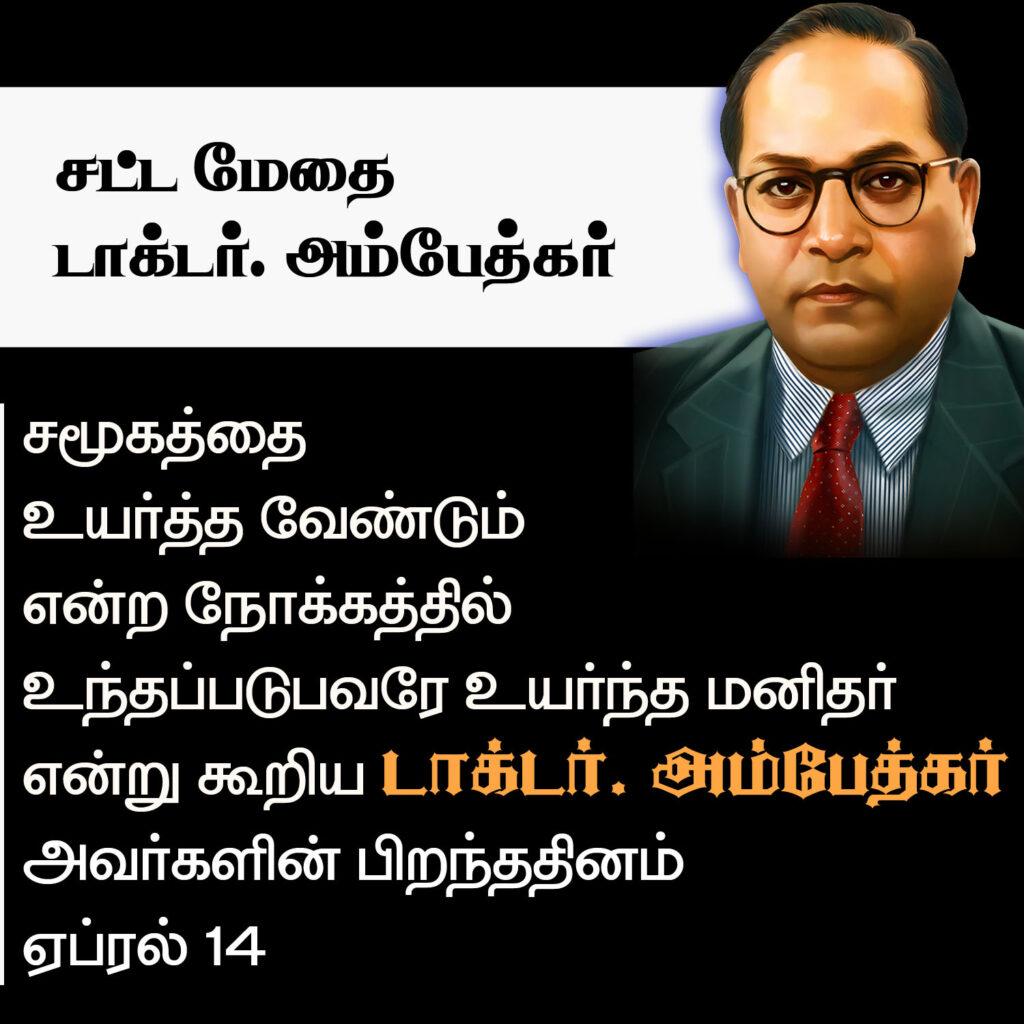Shri. Rama Navami
Celebrating the auspicious birth of Bhagwan Shri. Rama
O’ Rama,
You are the perfect God,
Who loves with perfect devotion,
Epitome of respectful behaviour,
Never gloating like a superior,
Saviour of all sufferers,
Vanquisher of every Evil,
Yet you show no aversion,
Even to your enemy,
You show compassion,
You reside in every person,
Great creator of the best version!
The city of Ayodhya in present day Uttar Pradesh in India was founded on the banks of the river, Sarayu by Ikshavaku, the eldest son of Manu. Manu was the first one of the Solar Dynasty. The Solar Dynasty or the ‘Suryavamsh’ had produced several great kings including the great and truthful Harish Chandra, Sagar, Bhagirath, Dillip and Raghu. The King Dasharatha was the grandson of the King Raghu who had earned such tremendous fame that his descendants called themselves as Raghuvanshis or the descendants of the great King, Raghu, their ancestor of the Sun Dynasty!
The Solar dynasty kings were worshippers of the Sun God. King Dasharatha used to begin his day by worshipping the Sun God. King Dasharatha didn’t have any children inspite of having three wives and he was growing old. The Guru of Lord Dasharatha was Vasishta and helped King Dasharatha to get the Putreshti yagna done with the help of Sage Shringi. Divine kheer or sweet rice porridge was offered by the Fire God, Agni to King Dasharatha upon the successful completion of the yagna!
The king Dasharatha gave the divine kheer to his three wives. The eldest wife, Kausalya gave birth to a son on the afternoon of the ninth day after Amavasya (No Moon) day of the Chaitra month of the Indian Calendar in Ayodhya. The son was named Rama. That is why Ayodhya is known as Shri. Rama Janma Bhoomi or birth place of Shri. Rama. The day is celebrated as Shri. Rama Navami. The entire city of Ayodhya lit up in happiness and festivity. Later, the other queens bore sons, too.
Thus, Shri. Rama was born in the waxing phase of the moon or Shukla paksha on Navami thithi in the star or nakshatram of Poonarvasu(poonarposam) in Ayodhya in what is present day Uttar Pradesh in Bharat in the Treta yuga. Shri. Rama Navami is celebrated all over Bharath with great fervour. It is a major Hindu Festival of Bharat.
Bhagawan Rama, the son of Kousalya and Dasharatha is considered to be the 7th incarnation of Lord Vishnu. Bhagawan Rama is also known as ‘Maryada Purushottam’ or ideal person because he was a virtuous God-person – an ideal human being and a wise and great prince and king. While some other monotheistic religions advocate polygamy or celibacy, it is the Hindu Religion led by its Torch Bearer, Bhagwan Shri. Ram, who led by example by practising monogamy – thus making people realise the value of greatness of character.
The entire story of Ramayana happened in the Treta Yuga. There are multiple proofs to support the truth of the existence of the ideal person, who was king Rama. It is estimated that the events of the Ramayana or the story of Bhagwan Rama took place more than 7000 years ago. This story of Lord Ram was written by Valmiki.
Prince Ram was the beloved of his father, his mother, his siblings, the ministers and officials. He was also the most popular among the people. He was very popular, kind, brave, mature, wise, handsome and righteous. Prince Ram was considered to be an incarnation of the divine Bhagwan Vishnu by the people of Ayodhya as he possessed marvellous qualities of mind, body and soul. Ram was the master of all the scriptures and a great warrior skilled in using all weapons especially the bow and arrow.
The story of Shri. Ram Bhagwan is very interesting. The Ramayana is the narration of the life and times of Shri. Ram, the Prince of Ayodhya, who later became the king of Ayodhya by the sage Valmiki. Lord Rama’s royal consort was Sita Devi, his devoted brother was Lakshmana and his divine devotee was Hanuman, son of Vayu or Wind God!
The story of Ramayana is divided into different parts known as ‘Khandas’. They include the Bala khanda or covering the childhood life of the four princes of Ayodhya notably that of Bhagawan Shri.Ram, then the Ayodhya Khanda, covering the experiences of Bhagawan Rama in Ayodhya, the third is the Aranya Khanda, the fourth is the Kishkinda Khanda , the fifth is the Sundara Khanda or the fascinating experiences of Bhagwan Hanuman, the sixth is the Lanka Khanda dealing with the experiences in Lanka and finally the Yudha khanda, where the virtuous Bhagawan Rama defeats the ten-headed evil Rakshasa King of Lanka, Ravana. Out of these, the Sundara Khanda and the Yudha khanda are very important.
Traditionally, on Shri. Rama Navami, the picture or statue of Bhagwan Ram is adorned with flowers, kumkum and sandal paste. The Holy Basil or Tulsi leaves and flowers are offered to the picture of Bhagawan Ram/ Idol of Bhagawan Ram. Butter milk, cardamom seasoned jaggery water, fruits, betel leaves, arecanut, vada savoury and sweet rice are offered to the God. One can visit temple of Lord Ram and chant the name of the Bhagawan Ram. The chanting of the Bhagawan Ram’s name is healing, holy and Godly.
The greatness of Bhagawan Ram lies in the fact that he was a virtuous God and a great king. He was wise and righteous. He practised dharma. He was a devoted son, a good brother, a devoted husband as well as a great prince and king. He is the Role Model of all human beings. That is why, Shri. Rama Navami is a major Hindu Festival of Bharat and is celebrated with great gusto by all Bharatiya people.
by Dr.S. Padmapriya,
Author & Educator (Chennai)

